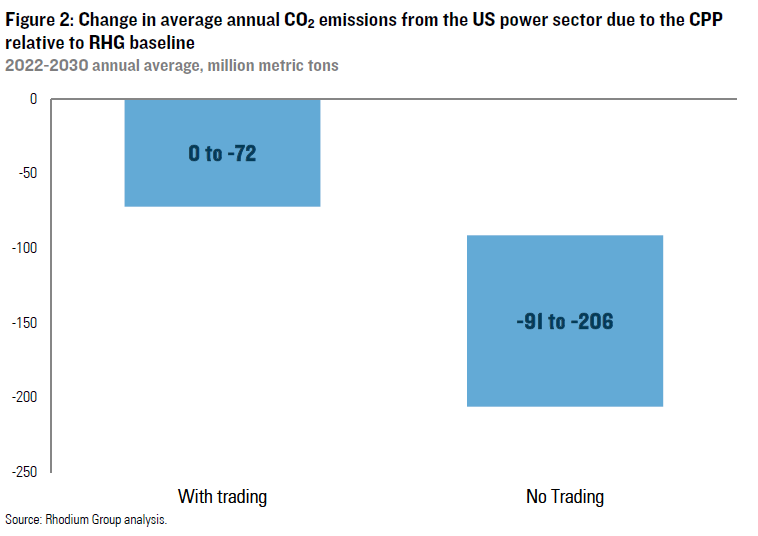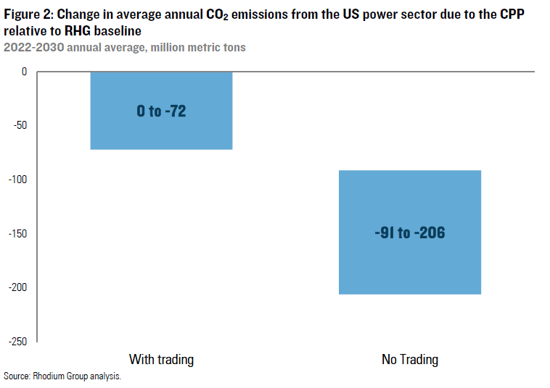
As we noted earlier this year, president Trump made early plans in his administration to scrap former president Barack Obama’s Clean Power Plan (CPP), his signature strategy for reducing greenhouse-gas emissions from the nation’s power plants. President Trump issued his “Energy Independence” executive order in March, which prompted the Environmental Protection Agency (EPA) Administrator Scott Pruitt to implement an investigatory period before establishing a rulemaking process and public comment period, which are the first steps to rescinding the Plan.
Administrator Pruitt has now completed the investigation and has signed a proposed rule to formally withdraw the CPP. Interestingly, the EPA does not offer any alternative plans for regulating emissions of carbon dioxide, which the Supreme Court has ruled it is obligated to do. For now, the agency said it plans to seek public input on how best to cut emissions from fossil-energy based power plants. “We are committed to righting the wrongs of the Obama administration by cleaning the regulatory slate,” Pruitt said in an address to members of the coal industry. “Any replacement rule will be done carefully, properly, and with humility, by listening to all those affected by the rule.”
"When you think about what that rule meant, it was about picking winners and losers. Regulatory power should not be used by any regulatory body to pick winners and losers," Pruitt added. "The past administration was using every bit of power and authority to use the EPA to pick winners and losers and how we generate electricity in this country. That's wrong."
CPP’s Headwinds
A central piece of Obama’s environmental legacy, the Clean Power Plan has been hindered by litigation since its inception. Broadly speaking, the CPP directed every state to form detailed plans to reduce CO2 emissions (typically from coal-fired power plants) with the goal of decreasing carbon emissions by a third by 2030, compared to 2005 levels. It also was a lynchpin of the commitment the US made as part of the 2015 Paris climate accord, from which Trump has said he intends to withdraw.
Environmental groups and CPP supporters say that it is a long-overdue policy to help move the nation toward cleaner sources of energy, but the Supreme Court blocked the regulation’s implementation last year after 27 states challenged its legality. The matter was held up further by a panel of judges in the US Court of Appeals, which failed to issue a ruling before the Trump administration took office and requested time to reconsider the Plan’s future.
Pruitt has long argued that the Obama administration acted unlawfully when it finalized the CPP. He contended that the Plan set emissions limits that could only be met by subsidizing the creation of massive new amounts of wind, solar and other renewable energy technologies while also limiting consumption of coal- and gas-fired electricity. The EPA’s move to propose a new rule could affect the pending court case, but it will be up to the court to decide what happens to the ongoing litigation.
Reality without the CPP
It's unlikely that there will be any immediate effects from reversing course on the Clean Power Plan. Furthermore, a number of states are already actively working to reduce emissions even if the Trump administration abandons national climate policies and targets. A new report from the research firm Rhodium Group notes that on a national level, emissions from electricity would fall 27 to 35 percent below 2005 levels by 2030 even without the plan.
The report found that “There has been a significant decline in national power sector emissions since the CPP was drafted. Gas prices have stayed lower for longer than EIA predicted, electricity demand has remained flat, rapidly declining wind and solar costs and a multi-year extension of the PTC [Production Tax Credit] and ITC [Investment Tax Credit] have driven aggressive renewable energy deployment, and many coal-fired power plants have been retired.”
The EPA roughly estimated that the CPP would reduce power sector CO2 emissions to 32 percent below 2005 levels by 2030, but actual targets under the rule were set at the state, not national, level. Rhodium adds that “To get an accurate sense of what would have occurred if the CPP had taken effect, you need to do the state-by-state math.”
The report continues, “Under the CPP states would have had the option to allow power plants to trade compliance credits with plants in other states. If a state was on track to exceed its requirements the surplus credits could be used to make up the difference in another state. This flexibility could lower the overall cost of the program but it also could limit emission reductions from the CPP as states that exceeded the goals traded away their gains to states that had to do more.”
This flexibility within the framework of the CPP would essentially create three potential scenarios as outlined in the Rhodium report:
- If states took advantage of trading compliance credits while gas remains cheap and renewable energy costs decline rapidly, the CPP would have achieved no additional emission reductions.
- If states took advantage of trading compliance credits while gas and renewable energy prices increase, there could have been CO2 reductions of as much as 72 million metric tons a year on average.
- If states chose not to trade compliance credits, those states that exceeded their individual targets would have held on to their gains and states that fell short would have had to make drastic improvements to comply. “This would have led to more significant emission reductions of 91 to 206 million metric tons per year on average over the same time frame, and national power sector emission reductions that exceed the 32% headline objective set by EPA,” the report added.

Despite an impending rollback of the formal CPP, roughly half the states in the US are already on track to beat their CPP targets within the original timeframe, and other states that have substantial room for improvement are also taking action. Not only are future climate regulations likely, but consumers also expect cleaner energy.
Bruce Nilles is senior director of the Beyond Coal campaign at the Sierra Club, which actively encourages utilities to accelerate investments in cleaner energy as a hedge because change is inevitable. “We think of this Rhodium Group analysis as a floor on what’s possible, not a ceiling,” Mr. Nilles said. He added that the electricity sector is evolving so quickly that “a lot of states may end up surprising us.” 




